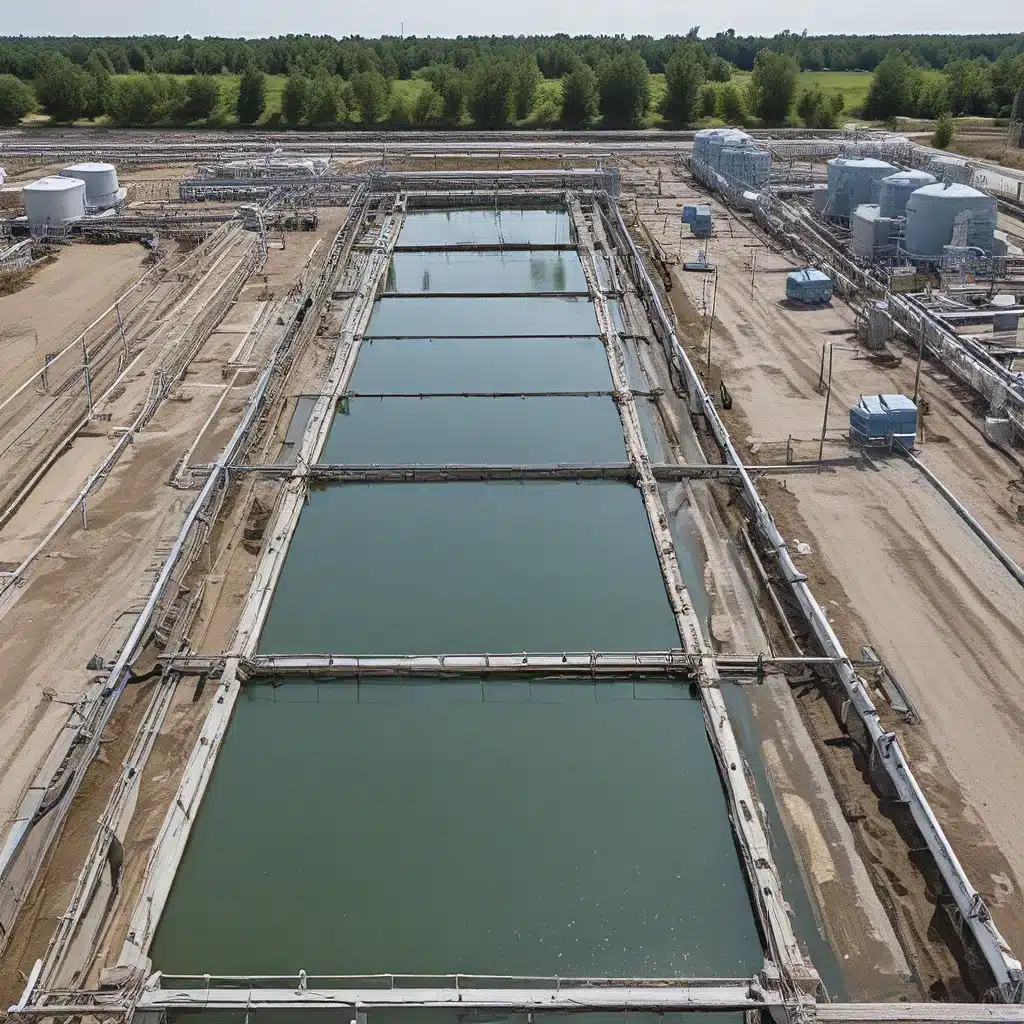
The Unsung Heroes of Water Safety
You know, when I think about the unsung heroes in the water treatment industry, safety professionals immediately come to mind. These are the individuals who work tirelessly behind the scenes, ensuring that the essential services we rely on – from clean drinking water to wastewater management – are delivered with the utmost care and protection.
It’s easy to take safety for granted, isn’t it? We turn on the tap, flush the toilet, and assume that everything is running smoothly and safely. But the reality is, the water treatment industry is a complex, highly-regulated world, where a single misstep can have devastating consequences. That’s where the safety champions come in – the ones who are constantly vigilant, proactively identifying and mitigating risks, and instilling a culture of safety throughout their organizations.
Valicor, a leader in wastewater treatment and environmental services, is a shining example of this kind of safety-first mindset. For four consecutive years, they’ve achieved a remarkable zero lost-time incident rate, an achievement that speaks volumes about their commitment to protecting their employees and the communities they serve.
The Anatomy of a Safety-Driven Culture
What does it take to build a culture of safety in the water treatment industry? According to industry experts, it starts with a top-down approach, where leadership sets the tone and empowers every single employee to uphold rigorous safety standards.
“Safety isn’t compliance, an afterthought, or a box you check,” explains Reid Hutchison, the COO of HOH Water Technology Inc. “You need to find ways to make it relevant to the team to get the attention and engagement it deserves.”
This means going beyond the bare minimum of safety regulations and truly embedding safety into the fabric of the organization. It’s about fostering a culture where everyone, from the C-suite to the frontline workers, feels empowered to speak up, stop work if necessary, and prioritize safety above all else.
The Power of Leading by Example
One of the key ingredients in building a safety-driven culture is, well, leading by example. As Michael Highum, a partner at McGowan Insurance Group, puts it, “No matter where you are in the organization, you are responsible and accountable to each other.”
This means that safety can’t be delegated to a single department or team. It’s a shared responsibility, and it’s up to the leaders to set the tone and demonstrate the importance of safety through their own actions. When employees see their managers and supervisors taking the lead on safety initiatives, it sends a powerful message about the organization’s priorities.
Empowering Employees, Protecting Lives
But it’s not enough to just have the leaders on board. A truly safety-driven culture requires the active participation and engagement of every single employee. And that’s where the concept of “stop-work authority” comes into play.
Valicor has made this a cornerstone of their safety approach, empowering all of their employees to stop work if they identify a potential hazard or concern. This fosters a sense of ownership and accountability, where everyone feels empowered to be a safety steward, regardless of their role or position.
“Talk about the WHY – it’s about truly developing a team where you care about each other,” says Highum. “Employees watch leadership, and when they see leaders take initiative on wanting to protect the team, it shows what the leadership cares about – safety. Safety for each and every person, and ensuring they go home safely as possible.”
The Ripple Effect of Safety
When organizations get safety right, the benefits extend far beyond the walls of their own facilities. As Audubon Companies notes, “Integrating safety practices into your organization’s culture can lead to significant improvements in employee engagement and overall performance.”
And in the water treatment industry, where the stakes are so high, this ripple effect can have a profound impact on the communities served. After all, the work these teams do is essential to ensuring clean, safe water for millions of people. By prioritizing safety, they’re not just protecting their own employees – they’re safeguarding the health and well-being of entire populations.
Continuous Improvement, Endless Possibilities
Of course, building a culture of safety isn’t a one-and-done proposition. It requires sustained effort, continuous improvement, and a willingness to adapt and evolve as new challenges arise.
As Highum reminds us, “The need is not going away. There’s no better time than today to start the safety process.” And with the right mindset and approach, the possibilities are endless.
Just look at Valicor – a company that has not only achieved remarkable safety feats, but has also expanded its reach and capabilities to serve even more customers with high-quality, environmentally responsible services. By prioritizing safety, they’ve not only protected their own people, but they’ve also positioned themselves as an industry leader, trusted by communities and customers alike.
Conclusion: A Call to Action
So, the next time you turn on that tap or flush that toilet, remember the unsung heroes who work tirelessly behind the scenes to make it all possible. And take a moment to reflect on the vital role that safety plays in the water treatment industry – not just for the employees, but for the communities they serve.
Because when we foster a culture of safety, the ripple effects can be truly transformative. It’s a call to action for every water treatment professional, from the newest hire to the seasoned veteran. Let’s roll up our sleeves, embrace the challenge, and create a safer, more resilient future for all.
After all, as the saying goes, safety first – and everything else will follow.


